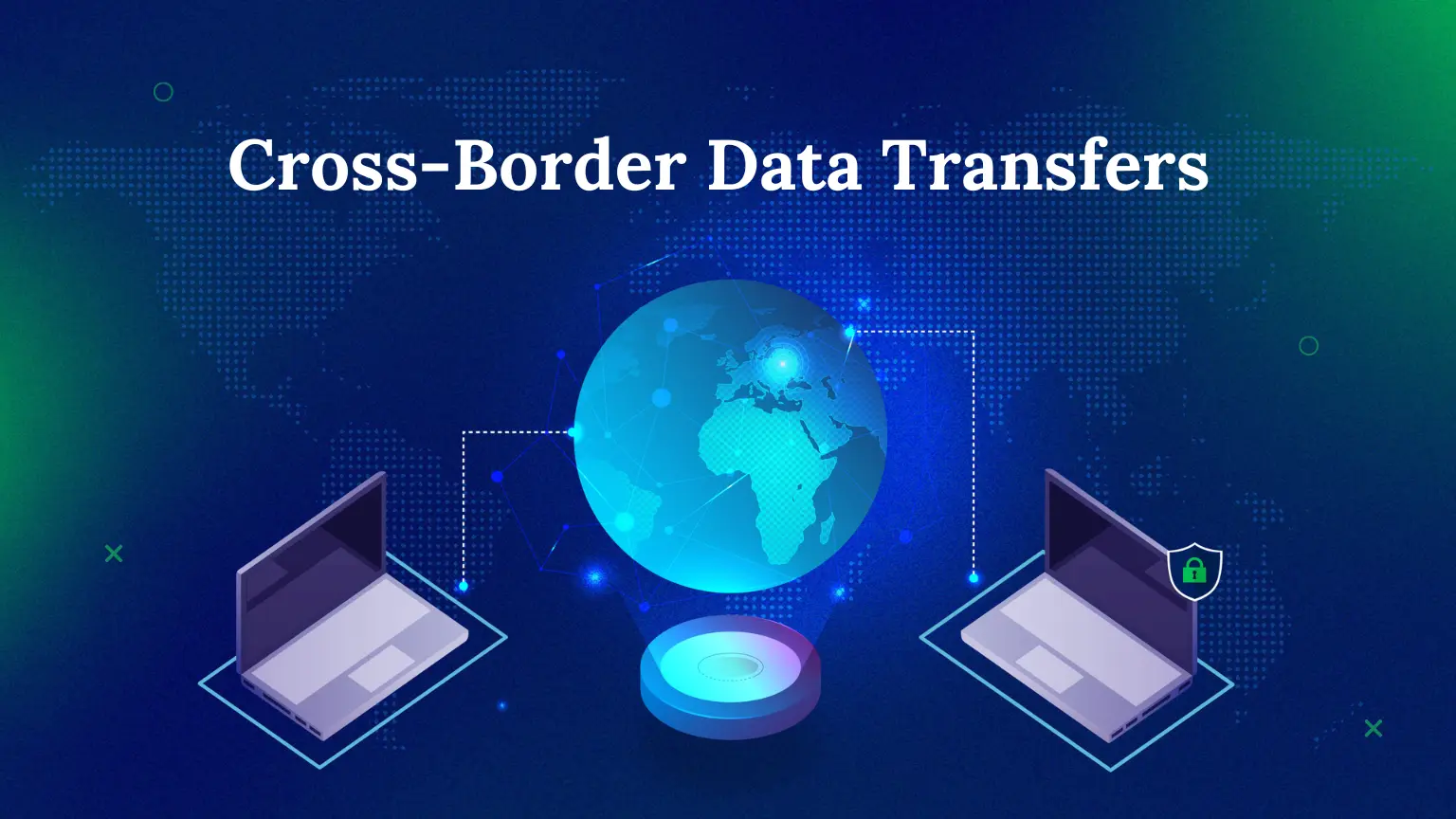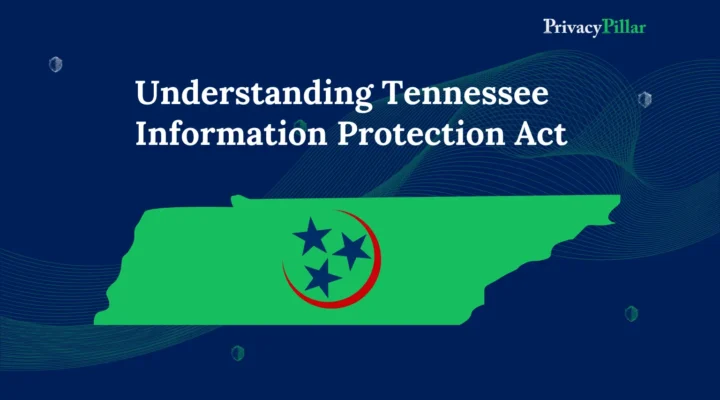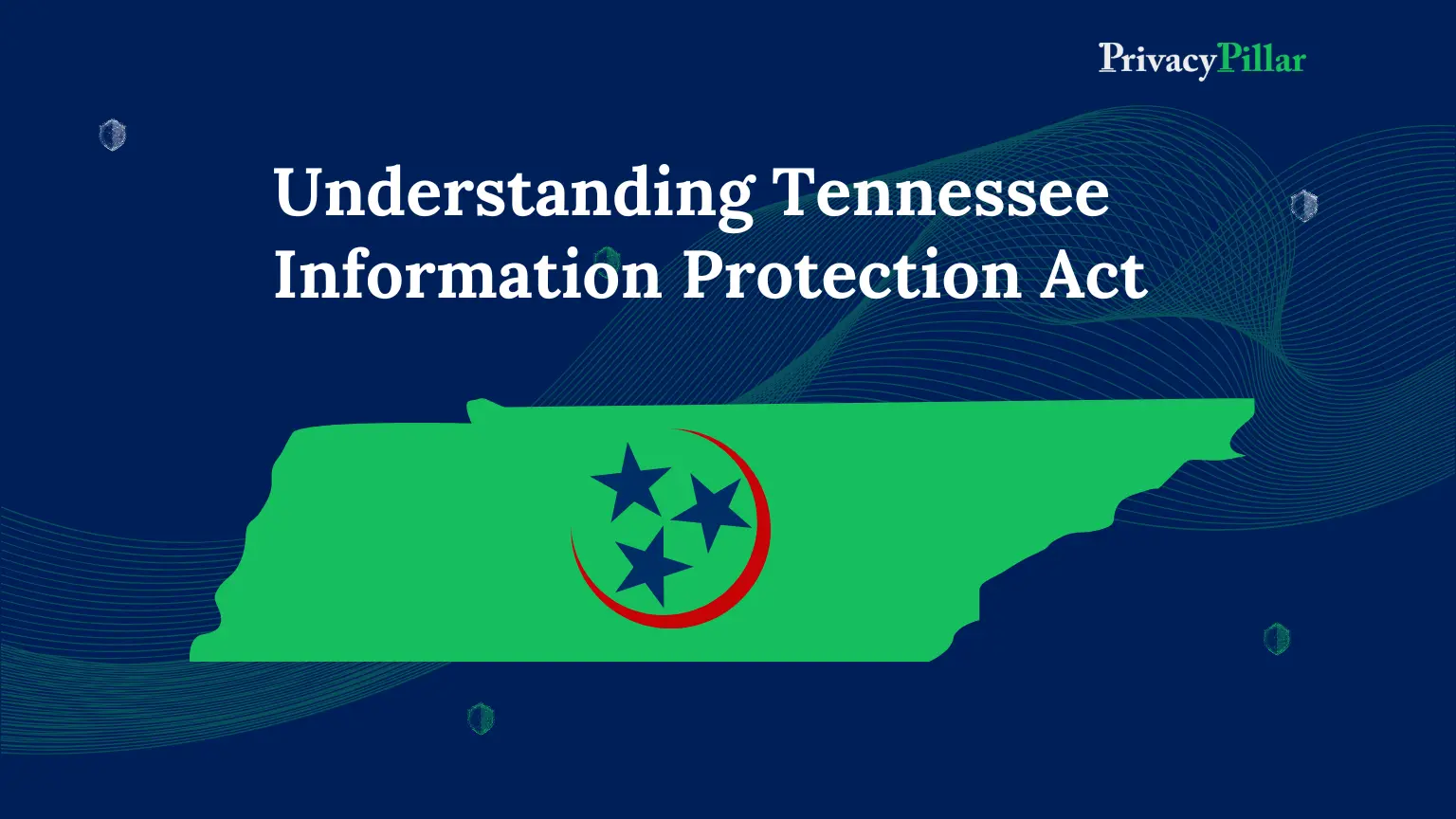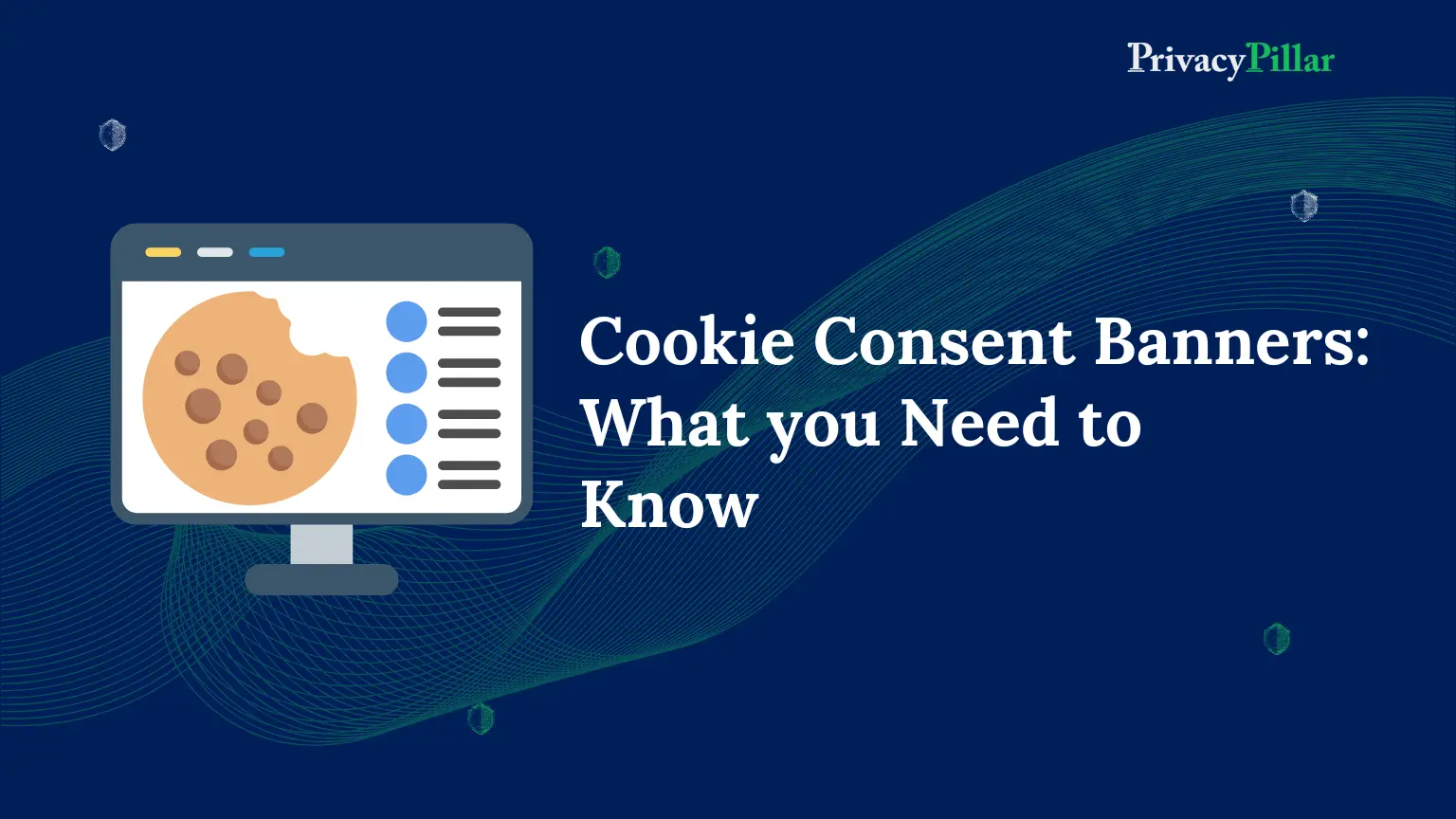
Cross Border Data Transfer Regulations: What you need to know?
In today’s global economy, data flows across borders as easily as goods and services. This seamless movement of information is crucial for the smooth operation of businesses worldwide. However, it also poses significant challenges, especially regarding privacy and compliance with various legal standards.
This article will explore the complexities of cross border data transfer, the privacy issues it presents, and how businesses can comply with the laws.
What is Cross Border Data Transfer?
Cross border data transfer refers to the movement of personal data across national borders. It happens when a company shares or transfers personal data from one country to another country or countries.
This can occur for a variety of reasons:
- Cloud Services: Companies often store their data with cloud providers, who may have data centers in multiple countries. This means that data can be stored or processed in different jurisdictions.
- Outsourcing: Many companies outsource services like customer support, IT, or payroll to firms in other countries, requiring them to transfer data to these service providers.
- Global Operations: Multinational companies often exchange data among their global offices to ensure smooth operations.
For example, if a US company has offices or operations in India and shares employee data from the US to India, it is considered cross-border data transfer.
Why is Data Privacy important in Cross Border Data Transfers?
Privacy involves protecting personal information from unauthorized access, use, and disclosure. When data crosses borders, several privacy risks emerge:
- Varying Legal Standards: Different countries have different laws governing data privacy. What is considered compliant in one jurisdiction may not meet the standards in another.
- Security Vulnerabilities: Data moving across international networks can be more susceptible to cyber-attacks, data breaches, and other security threats.
- Government Access: Some countries have laws that grant their governments broad access to data held within their borders, potentially exposing data to unwarranted scrutiny.
Key Concepts
- Personal Data: Any information related to an identified or identifiable individual.
- Data Controller: The entity that determines the purposes and means of processing personal data.
- Data Processor: The entity that processes personal data on behalf of the data controller.
- Transfer Mechanisms: Legal tools and frameworks to ensure data protection when transferring data across borders.
What are the major privacy laws governing cross border data transfers?
Several essential privacy laws and regulations govern cross-border data transfers. Understanding these regulations is crucial for maintaining compliance.
General Data Protection Regulation (GDPR) – Europe
- Applies to any company, regardless of location, that processes personal data of EU residents.
- Under GDPR personal data can only be transferred outside the EU if the destination country ensures an adequate level of protection.
- Mechanisms: Standard Contractual Clauses (SCCs), Binding Corporate Rules (BCRs), and adequacy decisions by the European Commission.
California Consumer Privacy Act (CCPA) – USA
- Scope: Applies to businesses that collect personal data of California residents, even if the business is not based in California.
- CCPA requires disclosure of sale of personal information to third parties.
- Provides consumers the right to opt out of the sale of their personal information.
Personal Data Protection Act (PDPA) – Singapore
- Applies to all personal data collected, used, or disclosed in Singapore.
- Organizations must ensure that the receiving country has comparable data protection standards before transferring personal data.
- The PDPA and guidelines specify the following as appropriate steps to comply with the Transfer Limitation Obligation:
- Obtaining consent from individuals for the transfer
- Ensuring the recipient is bound by a law providing comparable protection.
- Binding Corporate Rules (BCRs) that require PDPA-level protection
- Contracts/clauses requiring the recipient to provide PDPA-comparable protection (e.g. ASEAN Model Contractual Clauses)
- Recipient holds specified certifications like APEC Cross Border Privacy Rules (CBPR) or Privacy Recognition for Processors (PRP)
Brazilian General Data Protection Law (LGPD)
- LGPD applies to businesses processing personal data in Brazil, regardless of where the data is processed.
- Similar to the GDPR, adequate protection measures are required for international data transfers.
Key Mechanisms
Standard Contractual Clauses (SCCs): SCCs are pre-approved contractual agreements recognized under the General Data Protection Regulation (GDPR). They are legally binding and incorporate data protection obligations derived from the GDPR, ensuring that personal data transferred outside the EU receives adequate protection.
Binding Corporate Rules (BCRs): These are internal data protection policies adopted by multinational companies or groups to govern transfers of personal data from entities within the European Economic Area (EEA) to entities located outside the EEA. BCRs provide a legal basis for such cross-border data transfers under the General Data Protection Regulation (GDPR).
How can technology be utilized for compliance?
- Data Protection Platforms: Using specialized software tools can help manage data protection and ensure you comply with laws. These platforms are designed to make handling data easier and safer.
- Automation: Automating compliance processes means using technology to perform tasks that humans usually do. This reduces errors and makes your work more efficient.
- Monitoring Tools: Monitoring tools help you monitor your data systems to detect and respond to security issues effectively.
Conclusion
Cross border data transfer is an integral part of the global business landscape, but it comes with significant privacy and compliance challenges. By understanding the key regulations and using technologies, businesses can better manage their data protection efforts, ensure compliance with regulations, and respond quickly to any potential threats. This not only protects sensitive information but also builds trust with customers and stakeholders.



